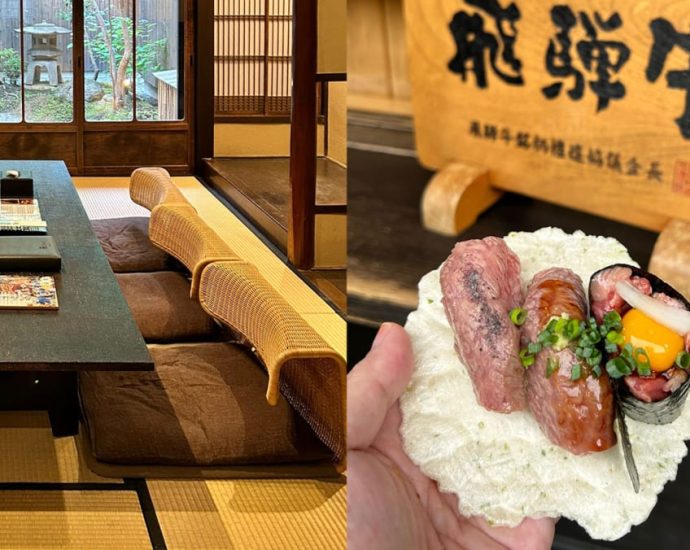Take a day trip to Taiping from Ipoh or Penang: What to eat, do and shop in this Perak town

Taiping is one of those places in Malaysia that, unless you are visiting relatives living in this Perak town, would unlikely rank high on Singaporeans’ must-go list.
Situated midway between its more famous Malaysian cousins Penang and Ipoh, which have international airports with direct flights from Singapore, Taiping is only accessible by road or railway. Like Ipoh, Taiping in Perak made its fortune through tin mining, attracting large numbers of Chinese settlers in the 19th century. With the decline of the tin industry, Taiping’s profile also faded.
However, it is an easy hour’s drive from Penang and Ipoh, and offers a small-town charm that deserves a side trip, particularly if you are already visiting either city. We booked a private driver for RM$450 (S$128.85) for eight hours, departing from Ipoh.
Interestingly, Taiping has also won an eclectic range of accolades: Top three sustainable cities in the world; the town of “40 firsts in Malaysia”; and the dubious honour of being the wettest town in Peninsular Malaysia. Pack an umbrella and join us as we eat, play and shop our way through Taiping, Perak.



















